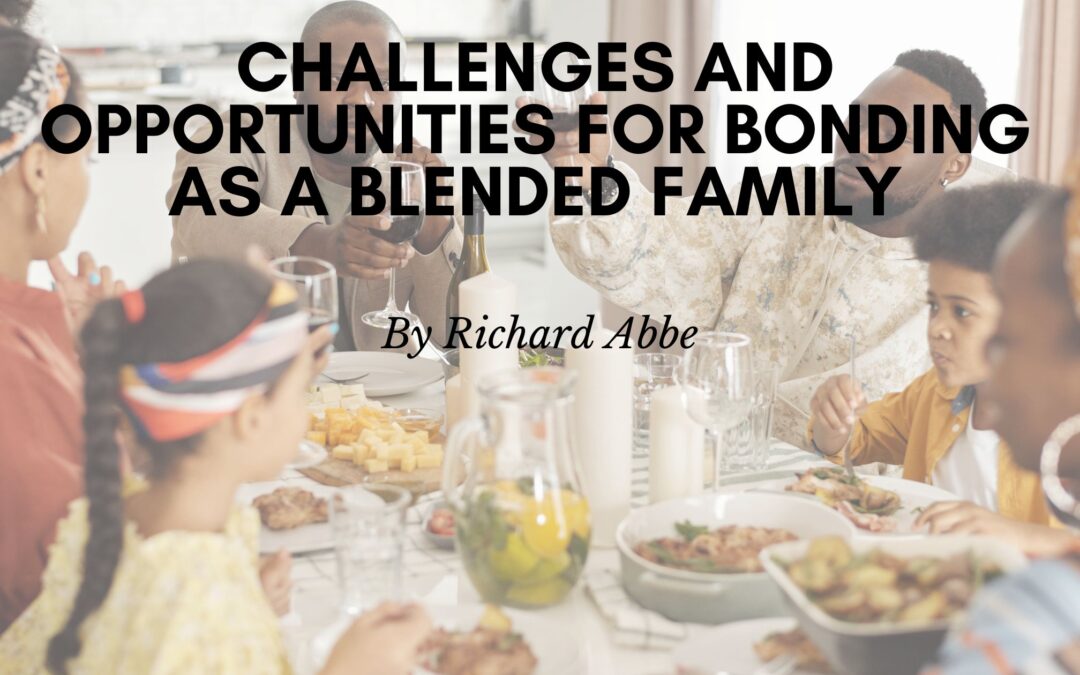Blending two families into one can be a rewarding and transformative experience, but it also comes with its fair share of challenges. Building solid bonds and fostering a sense of unity among all family members requires effort, understanding, and patience. In this blog post, we will explore the challenges blended families face and the opportunities they present for bonding and creating a harmonious, loving home.
Establishing a New Family Dynamic
Blending two families means merging different backgrounds, traditions, and parenting styles. Adjusting to a new family dynamic can be challenging for parents and children. It takes time for everyone to find their place and understand each other’s roles and expectations. Open communication, empathy, and compromise are essential in establishing a positive and cohesive family unit.
Navigating Relationships with Stepchildren
Developing relationships with stepchildren can be complex, mainly if they resist the changes from blending families. Building trust, showing respect, and allowing space for emotional adjustment are crucial. Taking the time to bond individually with stepchildren, engaging in shared activities, and demonstrating consistent love and support can help foster a more profound connection over time.
Co-Parenting Challenges
Coordinating parenting approaches and decision-making between biological parents and stepparents can be challenging. Different parenting styles and unresolved conflicts from previous relationships can create tension. Open and respectful communication and regular family meetings to address concerns and find common ground can facilitate effective co-parenting and create a unified approach to raising children.
Nurturing Positive Sibling Relationships
Building strong sibling relationships between step-siblings is crucial for fostering a sense of belonging and unity within the blended family. Encouraging shared activities, promoting empathy and respect, and establishing clear expectations for behavior and communication can contribute to healthy sibling relationships. Creating opportunities for step-siblings to bond and form connections outside the family environment can also be beneficial.
Embracing Differences and Celebrating Traditions
Blended families often bring together diverse cultural backgrounds and traditions. Embracing these differences can enrich family life and provide opportunities for learning and growth. Celebrating and incorporating each family member’s traditions and customs into the new family dynamic helps foster a sense of belonging and acceptance.
Seeking Professional Support
Blending families is a significant life transition that can benefit from professional guidance. Family counseling or therapy can provide a safe space for open communication, conflict resolution, and addressing unresolved issues. Seeking support from experienced professionals who specialize in blended family dynamics can offer valuable tools and strategies to overcome challenges and strengthen family bonds.
Building a strong and loving blended family requires patience, understanding, and a commitment to open communication. While challenges may arise along the way, they present opportunities for growth and deeper connections. By addressing these challenges head-on, nurturing individual relationships, embracing diversity, and seeking professional support, blended families can navigate the complexities and create a harmonious, loving home for all family members.

